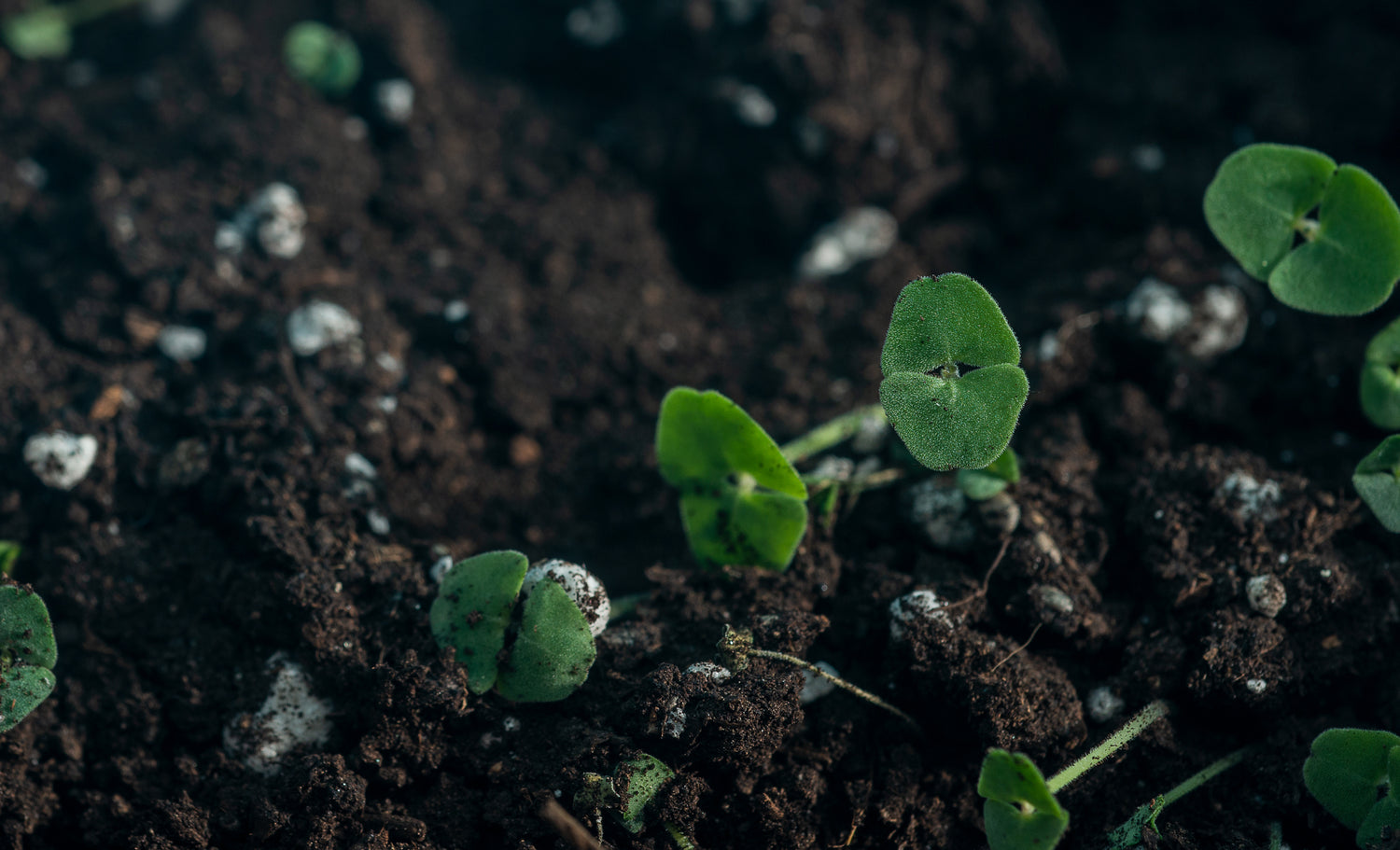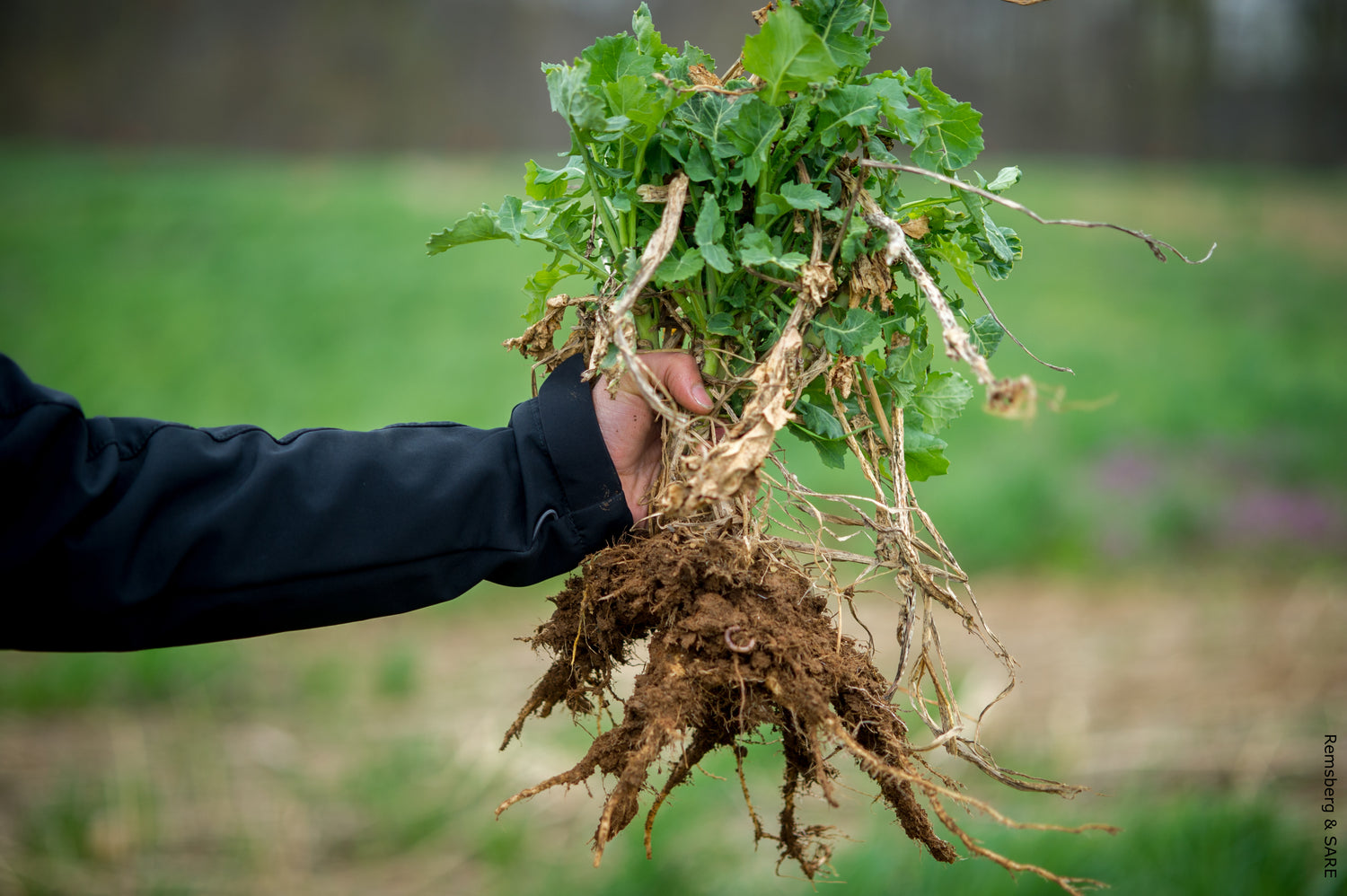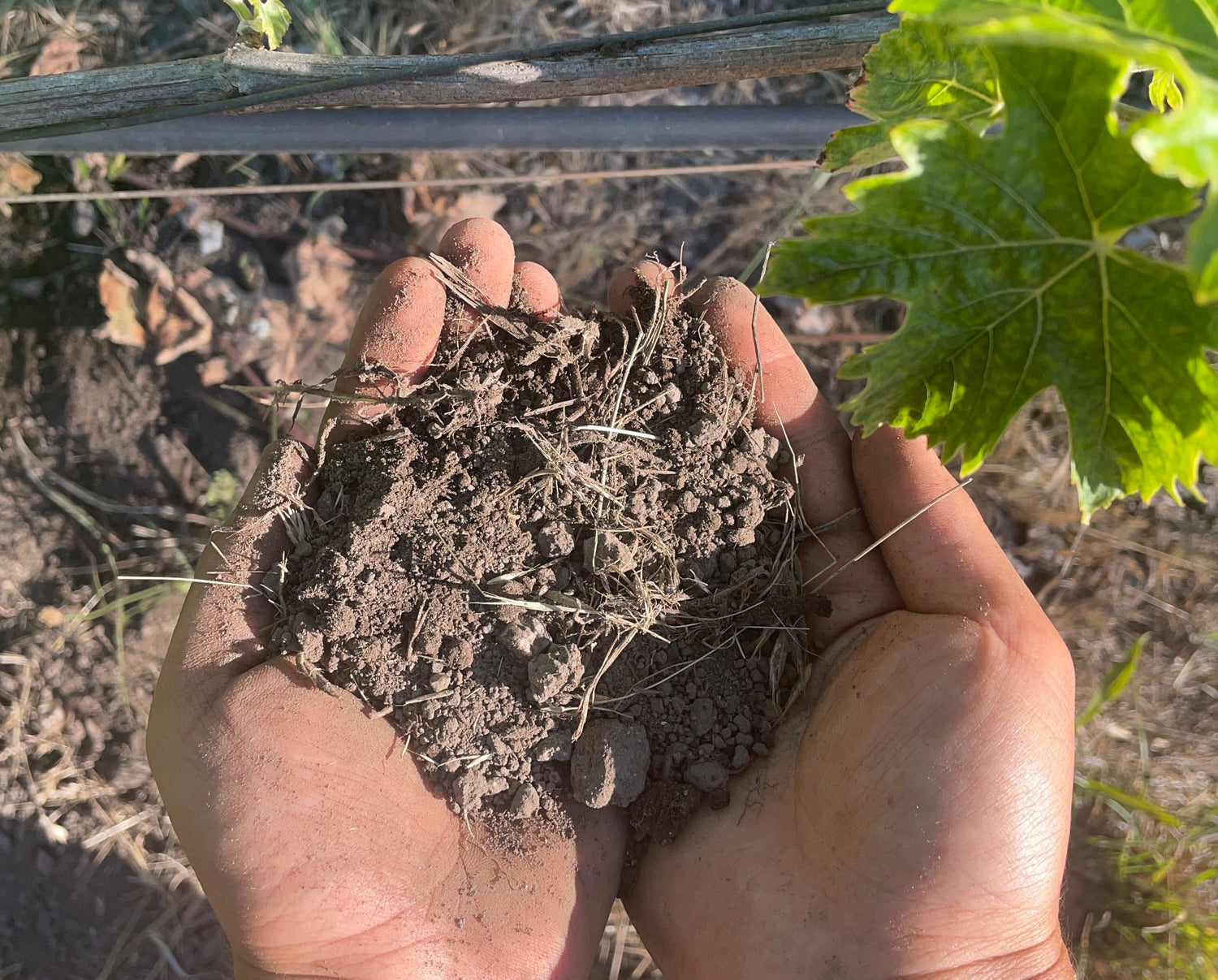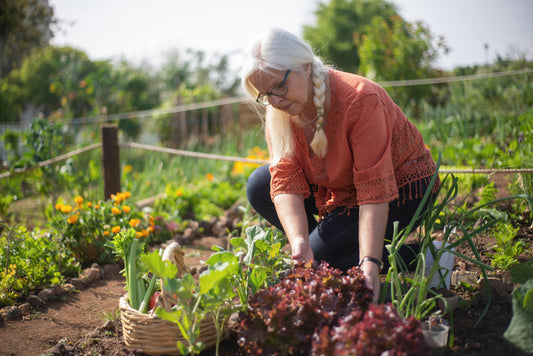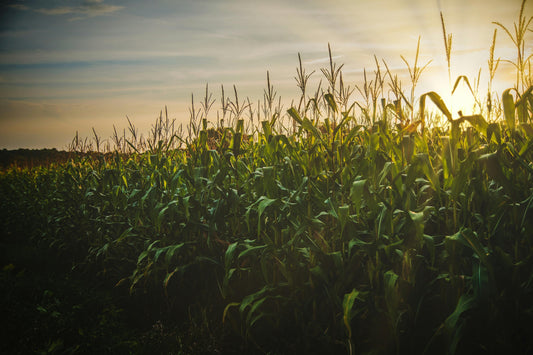Eureka, California, nestled along the Pacific coast in Humboldt County, is renowned for its lush landscapes, towering redwoods, and vibrant ecosystems. Its coastal Mediterranean climate and 40 inches of annual rainfall shape a diverse soil landscape, vital for gardeners, farmers, and environmentalists. This article, spanning over 1,400 words, explores Eureka’s soil types—Alfisols, Inceptisols, Ultisols, and specialized alluvial, coastal dune, and redwood forest soils—their agricultural and ecological roles, conservation practices, and where to find soil sampling supplies, enriched with tables and recent sources.
Climate and Geography Shaping Eureka’s Soils
Eureka’s coastal location, with cool, wet winters and mild, dry summers, fosters unique soil development. Stable temperatures, moderated by the Pacific Ocean, and significant rainfall promote soils rich in organic matter. The surrounding mountainous terrain and rivers, like the Eel, contribute sediment and influence soil formation. A 2024 Humboldt County Soil Survey notes that 70% of Eureka’s soils are shaped by these dynamic coastal and fluvial processes, creating a patchwork of fertile and challenging soils.
Main Soil Types
Alfisols: Common in Eureka’s deciduous forest areas, Alfisols are fertile with a nutrient-rich subsurface horizon. A 2024 Soil Science Society of America Journal study highlights their high base saturation (calcium, magnesium, potassium), with 30–40% clay in subsoils. They form under moderate rainfall and hardwood forests, ideal for vegetables, fruits, and grains, yielding 5–7 tons per hectare for crops like lettuce, per a 2024 California Department of Food and Agriculture report. Proper management prevents nutrient depletion.
Inceptisols: Found on steep slopes around Eureka, Inceptisols are young soils with minimal horizon development. They have high organic matter (3–5%) and good drainage, per a 2024 Geoderma study, but are prone to erosion. Used for forestry and pasture, they support limited crops like berries with added nutrients, producing 2–3 tons per hectare.
Ultisols: These highly weathered, acidic soils occur in stable landscapes. Low base saturation and pH (4.5–5.5) limit fertility, per a 2024 Journal of Soil and Water Conservation study. Formed under high rainfall, they require liming for crops like soybeans or fruit trees, yielding 3–4 tons per hectare with amendments.
| Soil Type | Key Traits | Main Uses |
|---|---|---|
| Alfisols | Fertile, clay-rich | Vegetables, fruits, grains |
| Inceptisols | Young, well-drained | Forestry, pasture |
| Ultisols | Acidic, low fertility | Soybeans, fruit trees |
Specialized Soil Types
Alluvial Soils: Found along the Eel River floodplains, alluvial soils are loamy, nutrient-rich, and renewed by sediment deposits. A 2024 USDA report notes 20–30% silt content, supporting high yields (8–10 tons per hectare) for crops like tomatoes and apples. Their drainage and fertility make them prime for agriculture.
Coastal Dune Soils: Along Eureka’s shores, these sandy soils have low organic matter (1–2%) and poor water retention, per a 2024 California Coastal Commission study. Formed by wind and wave action, they support salt-tolerant plants but are unsuitable for traditional crops, playing a key role in coastal conservation.
Redwood Forest Soils: Rich in organic matter (5–7%), these dark, loamy soils are acidic (pH 4.5–5.0) due to coniferous debris, per a 2024 Forest Ecology and Management study. Formed under dense redwood canopies, they retain moisture, supporting forest ecosystems but not agriculture, vital for biodiversity and carbon sequestration.
| Soil Type | Key Traits | Main Uses |
|---|---|---|
| Alluvial | Loamy, nutrient-rich | Tomatoes, apples |
| Coastal Dune | Sandy, nutrient-poor | Coastal conservation |
| Redwood Forest | Organic-rich, acidic | Forest ecosystems |
Soil Management Practices
Eureka’s diverse soils require tailored management to maintain health and productivity. Soil testing, per a 2024 Humboldt County Extension report, identifies pH, nutrients, and texture, guiding amendments like lime for Ultisols (raising pH by 0.5–1 unit) or compost for Inceptisols (increasing organic matter by 2%). Erosion control, crucial for Inceptisols, involves contour plowing and cover crops, reducing soil loss by 30%, per a 2024 Journal of Soil and Water Conservation study. Crop rotation and cover cropping prevent nutrient depletion in Alfisols, while organic matter addition improves coastal dune soils’ water retention by 15%.
| Practice | Soil Type | Benefit |
|---|---|---|
| Soil Testing | All | Identifies nutrient/pH needs |
| Erosion Control | Inceptisols | Reduces soil loss by 30% |
| Organic Matter | Coastal Dune | Improves water retention |
Soil Conservation in Eureka
Conservation is critical amid agriculture, urban growth, and climate pressures. Sustainable agriculture, using organic practices and conservation tillage, minimizes degradation, per a 2024 California Department of Food and Agriculture report. Redwood forest soils, sequestering 50–100 tons of carbon per hectare, require protection through reforestation, per a 2024 Forest Ecology and Management study. Urban planning, with green roofs and permeable pavements, reduces runoff by 20%, per a 2024 Eureka City Planning report, preserving soil health.
| Conservation Strategy | Impact |
|---|---|
| Sustainable Agriculture | Minimizes soil degradation |
| Forest Conservation | 50–100 tons carbon/hectare |
| Green Infrastructure | 20% less runoff |
Where to Find Soil Sampling Supplies
Eureka residents can access soil sampling kits and tools at local garden centers and nurseries to test nutrient levels, pH, and contaminants. These supplies support gardeners and farmers in optimizing soil health. Reliable locations include:
- Pierson Garden Shop: 4100 Broadway St, Eureka, CA 95503
- Bayside Garden Supply: 4059 US-101, Eureka, CA 95503
- Green Lot Nursery: 6210 Avalon Dr, Eureka, CA 95503
- Mad River Gardens Nursery: 3384 Janes Rd, Arcata, CA 95521
- Miller Farms Nursery: 1828 Central Ave, McKinleyville, CA 95519
Samples collected with these tools can be sent to labs for analysis, ensuring informed soil management decisions.
Frequently Asked Questions
Why are my plants growing poorly in Eureka’s acidic soils?
Poor growth in acidic Ultisols or redwood forest soils may stem from low pH or nutrient deficiencies. Soil testing can identify pH levels and recommend lime or fertilizers to improve conditions.
Why is my soil eroding on my hillside property?
Erosion is common in Inceptisols on steep slopes. A soil test can assess organic matter and suggest cover crops or terracing to stabilize soil and reduce runoff.
How can I improve fertility in my coastal garden?
Coastal dune soils are nutrient-poor and sandy. Soil testing can reveal deficiencies, recommending compost or organic matter to enhance fertility and water retention.
Why does my garden soil stay soggy after rain?
Soggy soil may indicate high clay in Alfisols or alluvial soils. Testing can confirm texture and suggest drainage improvements like raised beds or organic amendments.
How can I support my redwood forest soil ecosystem?
Redwood forest soils thrive with high organic matter. Testing can guide mulching or native plantings to maintain moisture and support forest biodiversity.
Conclusion
Eureka’s soils, from fertile Alfisols to nutrient-poor coastal dunes, underpin its agricultural productivity and ecological richness. Soil testing and conservation practices, supported by local suppliers, ensure these soils remain sustainable amid urban and climate pressures. By understanding and managing these diverse soils, Eureka can preserve its lush landscapes and vibrant ecosystems for future generations.
References
Humboldt County Soil Survey. (2024). Soil Formation in Coastal Regions.
Soil Science Society of America Journal. (2024). Alfisol Fertility in Northern California.
California Department of Food and Agriculture. (2024). Crop Yields in Humboldt County.
Geoderma. (2024). Inceptisol Development on Steep Slopes.
Journal of Soil and Water Conservation. (2024). Erosion Control in Ultisols.
USDA. (2024). Alluvial Soil Productivity Report.
California Coastal Commission. (2024). Coastal Dune Soil Ecology.
Forest Ecology and Management. (2024). Redwood Forest Soil Carbon Sequestration.







